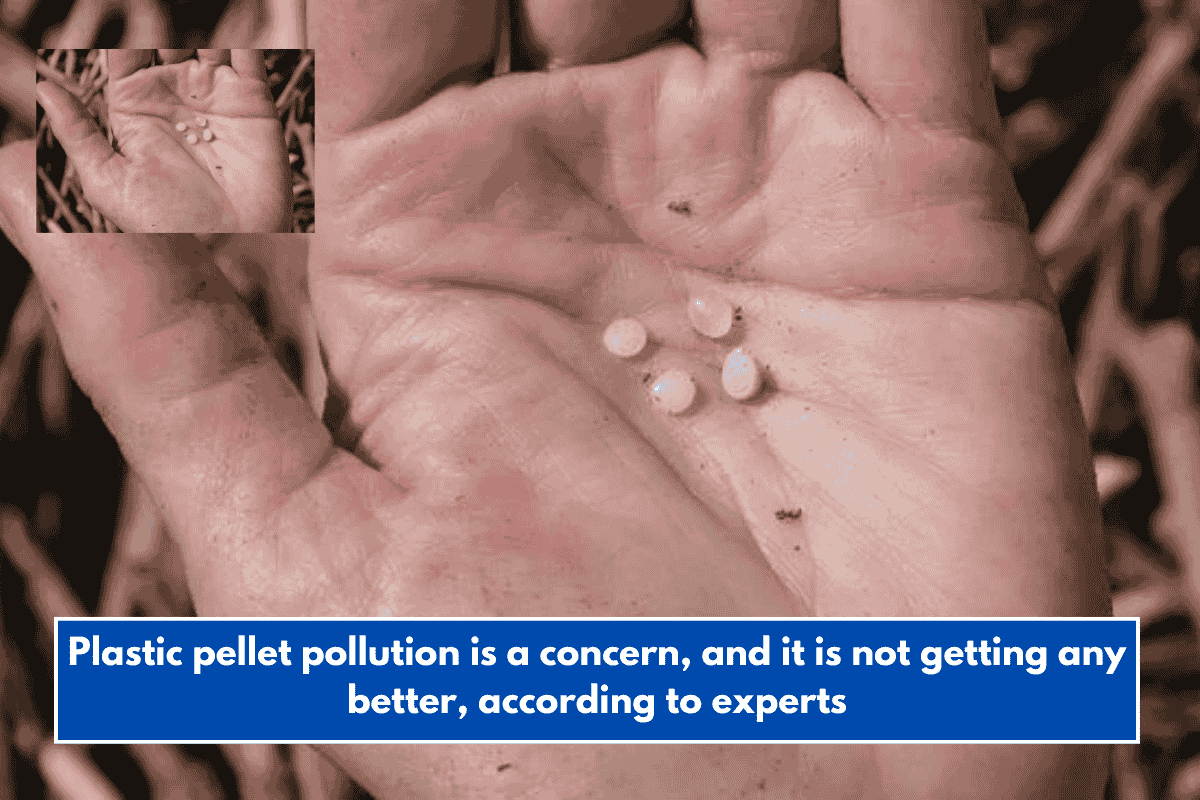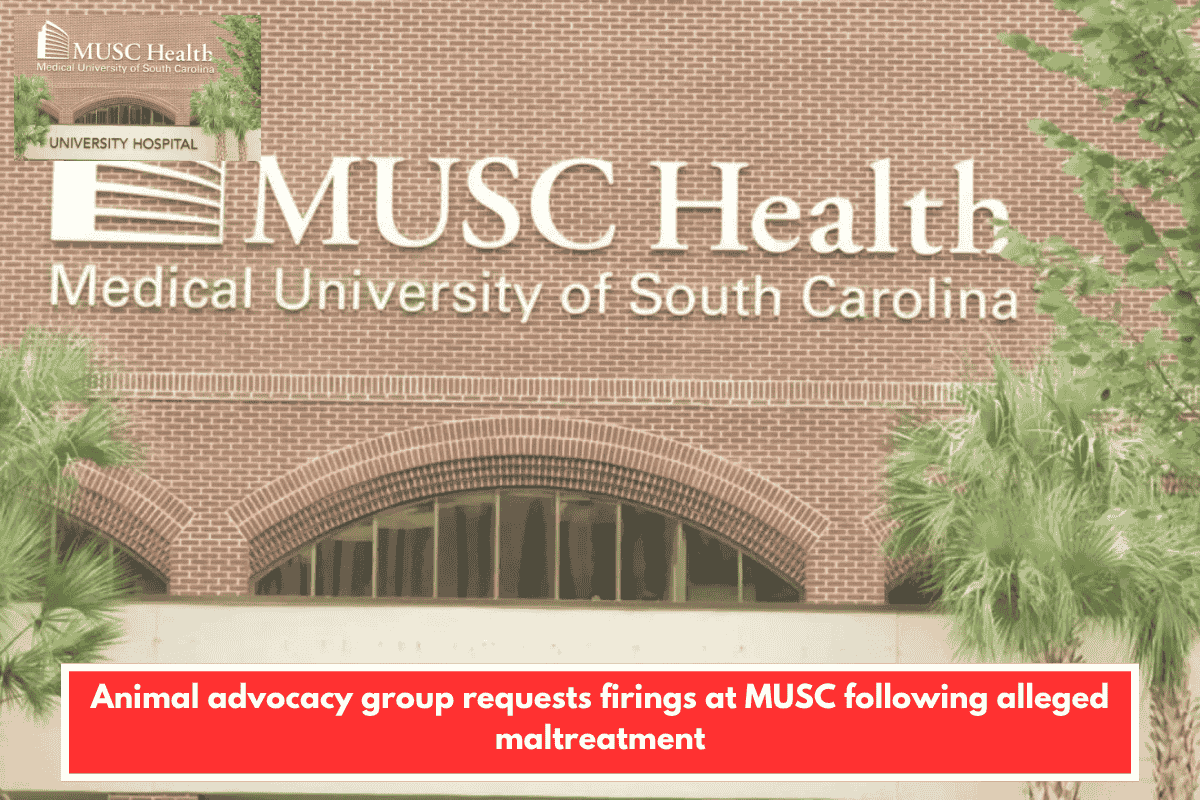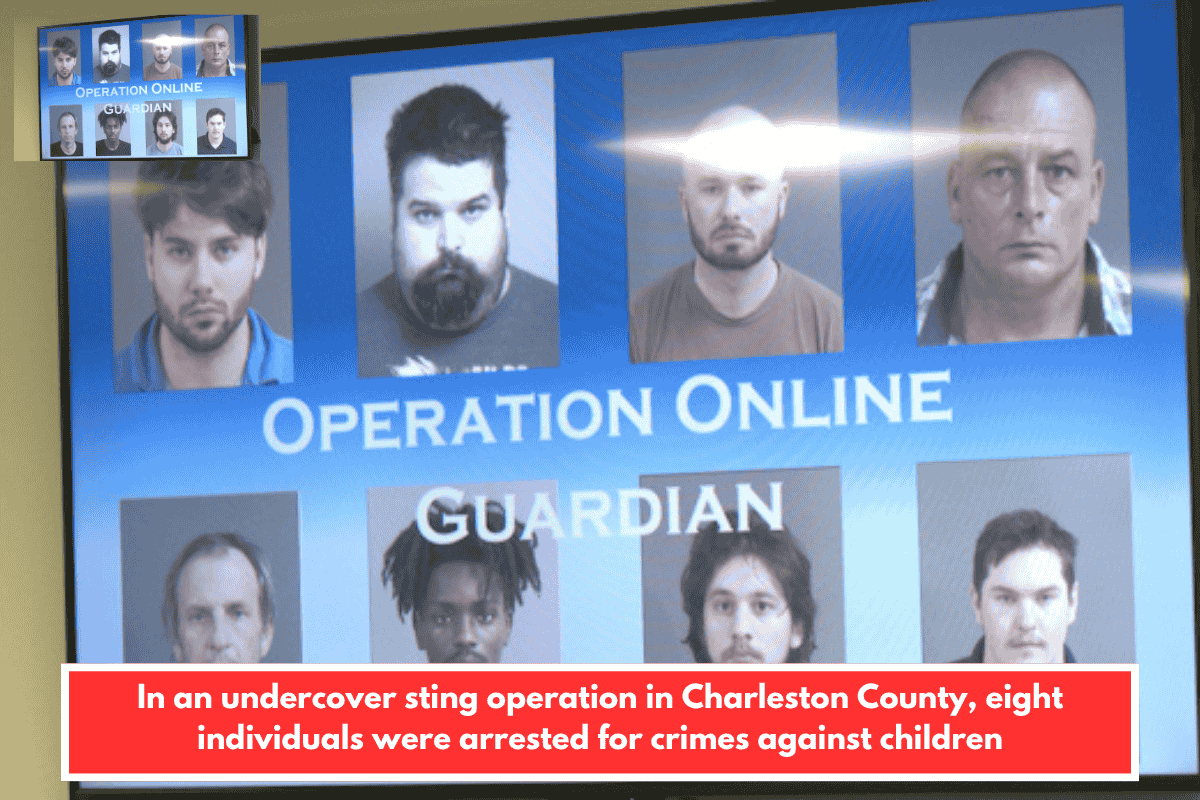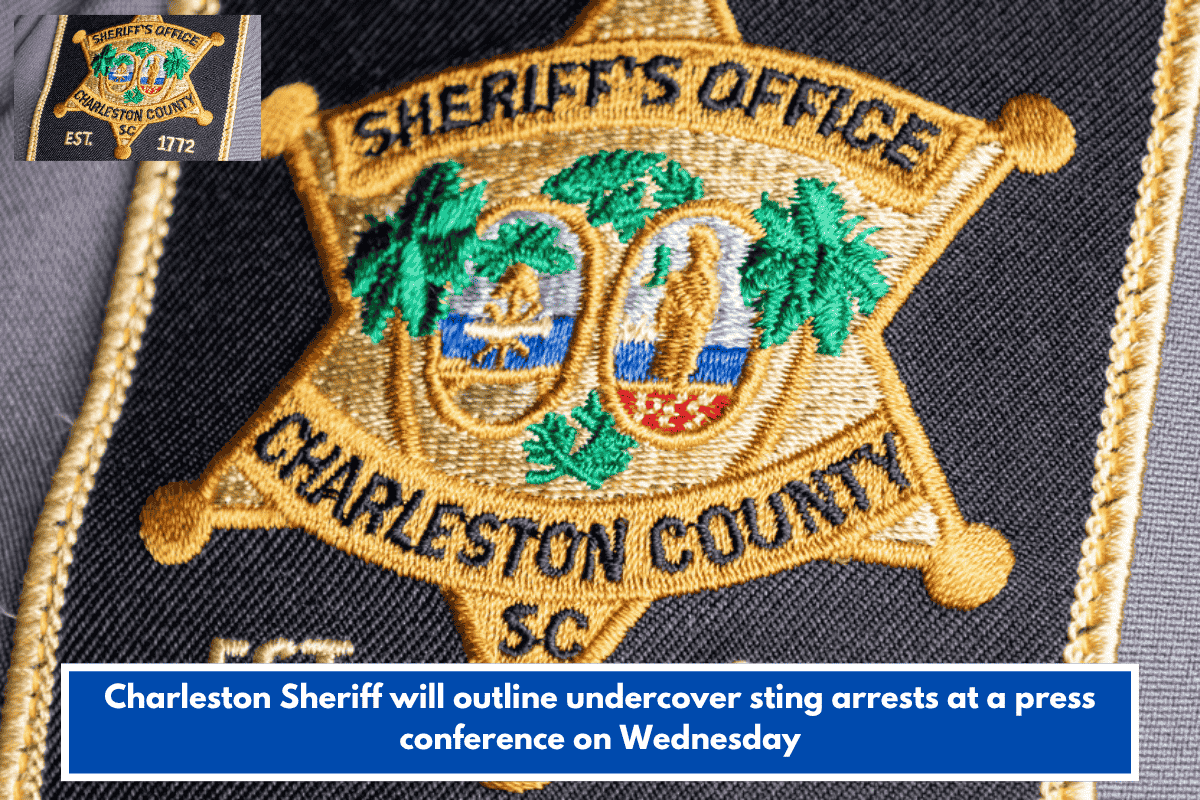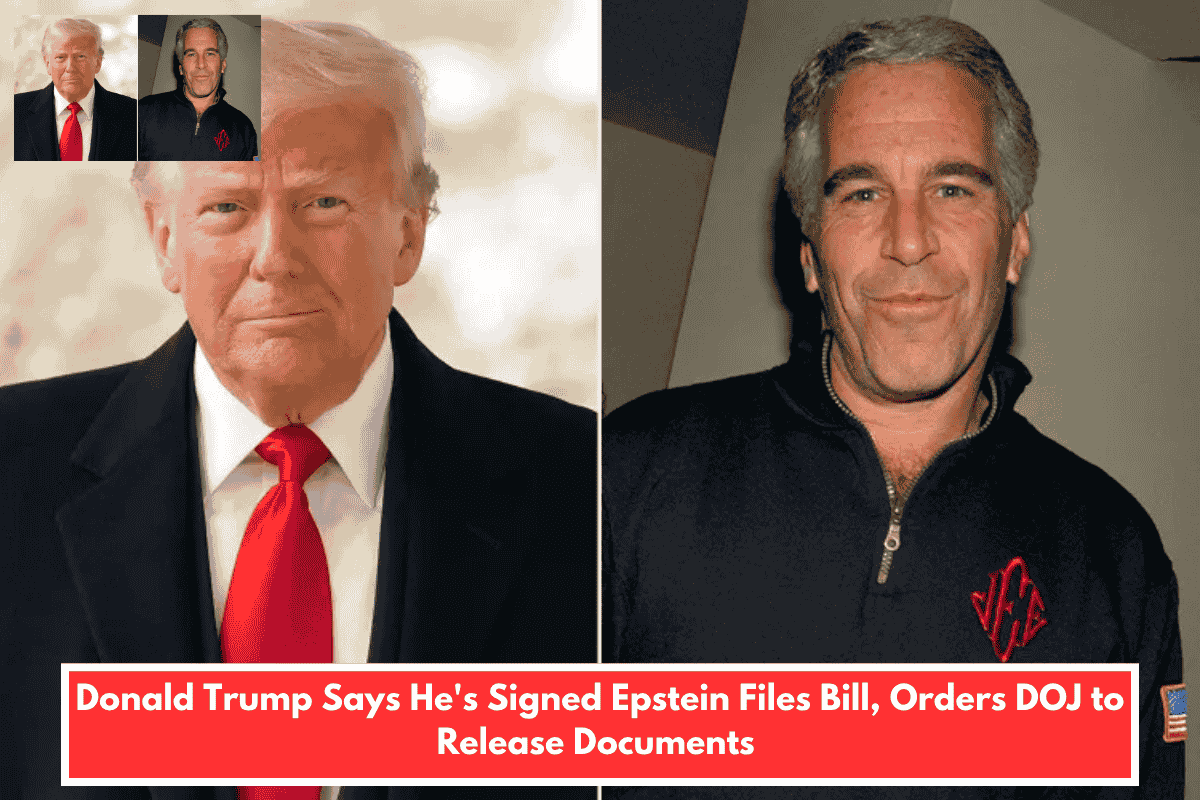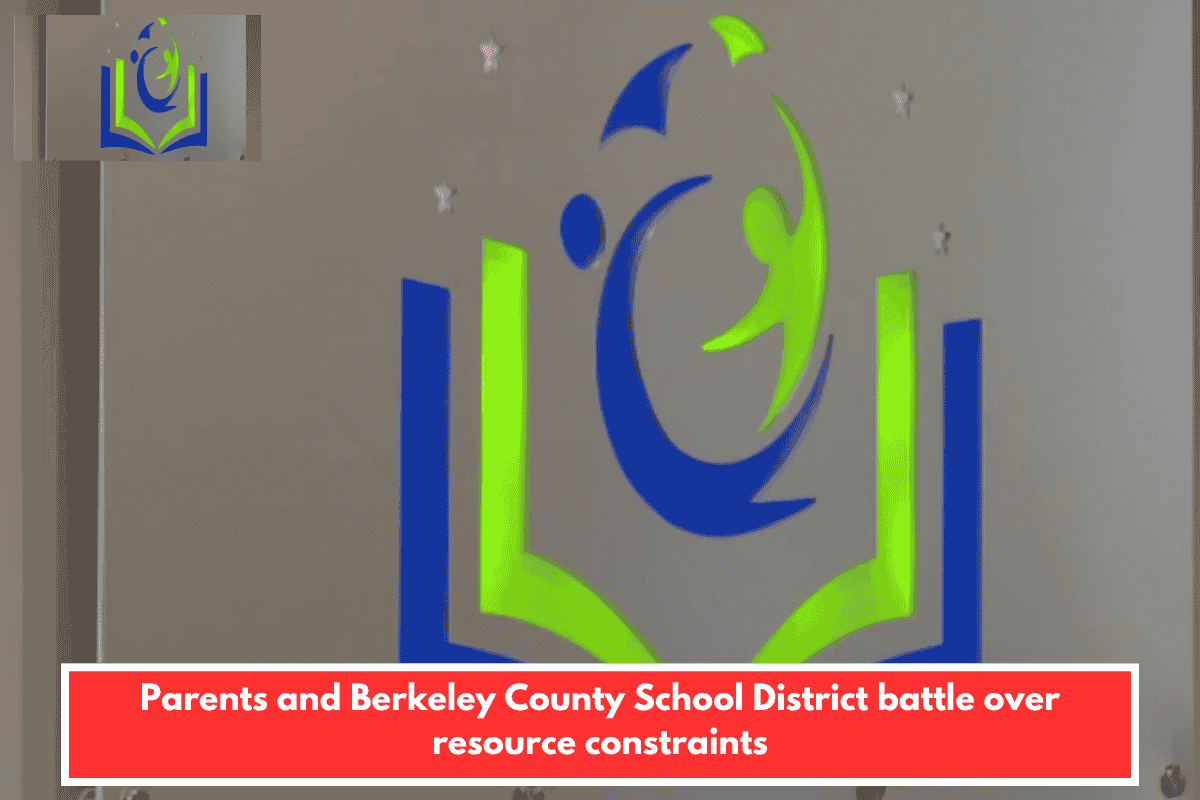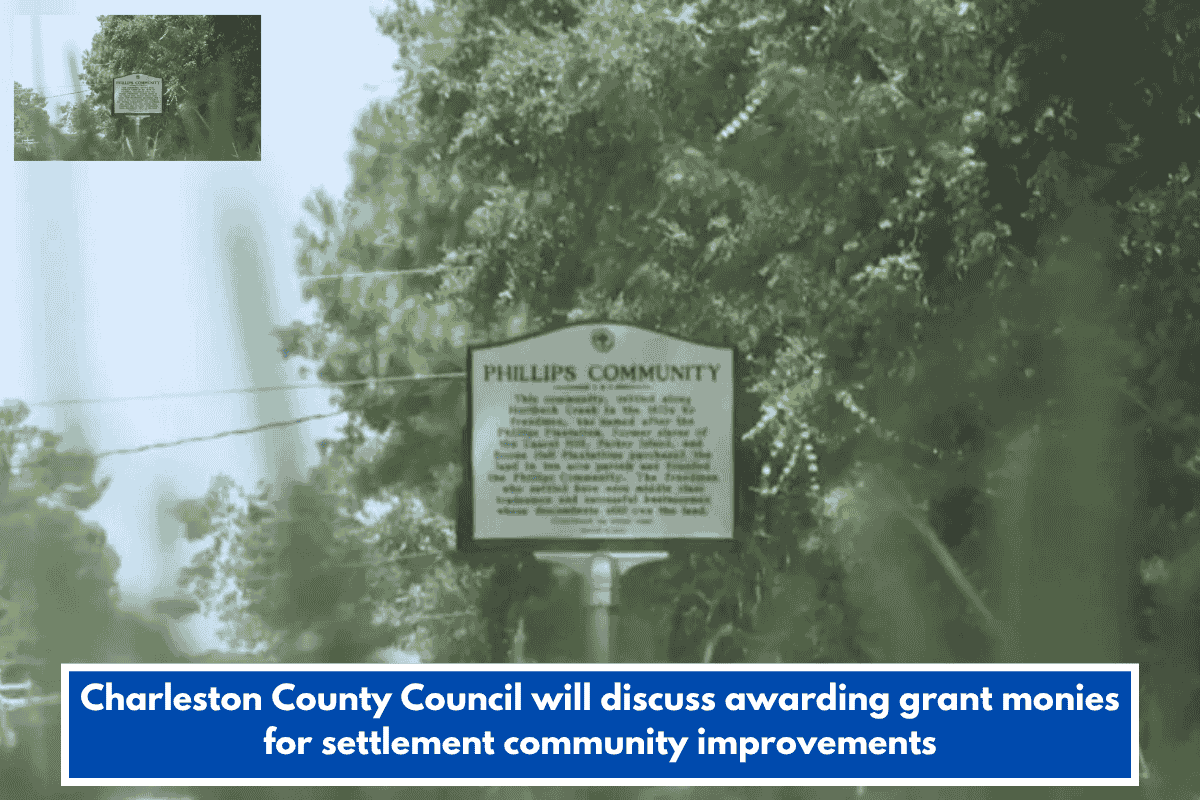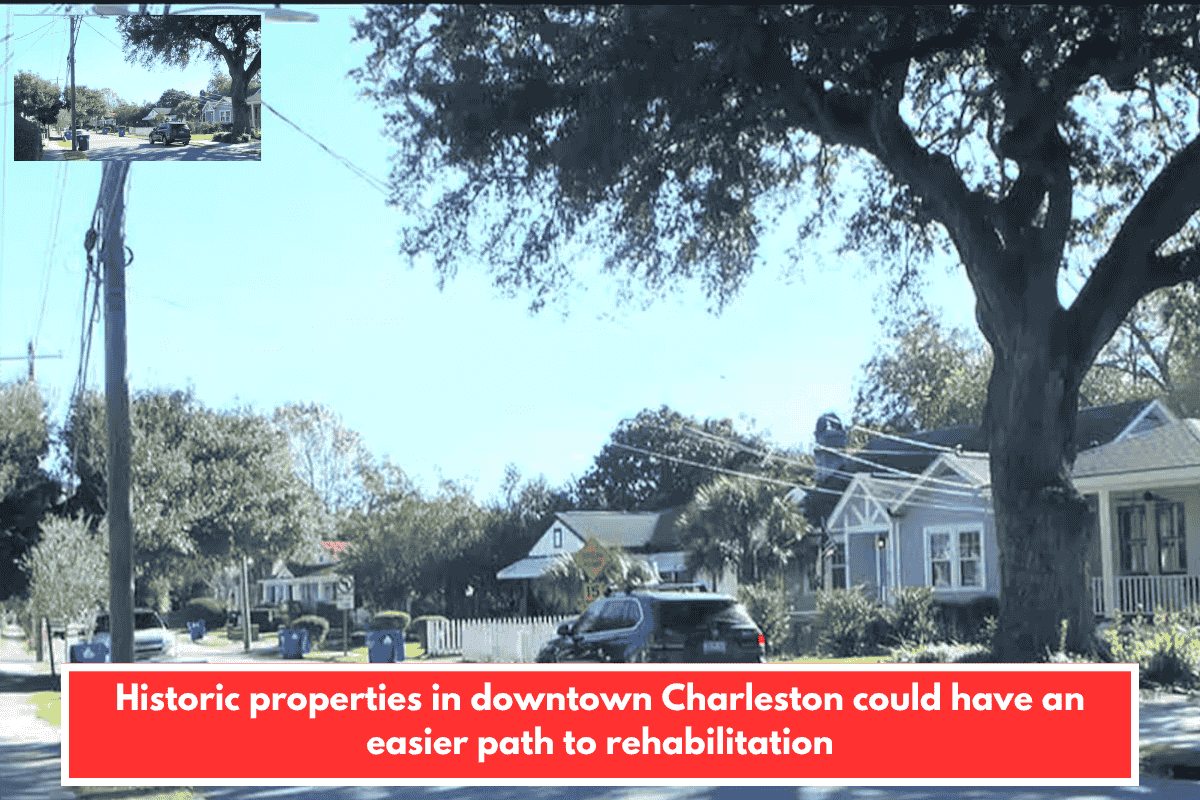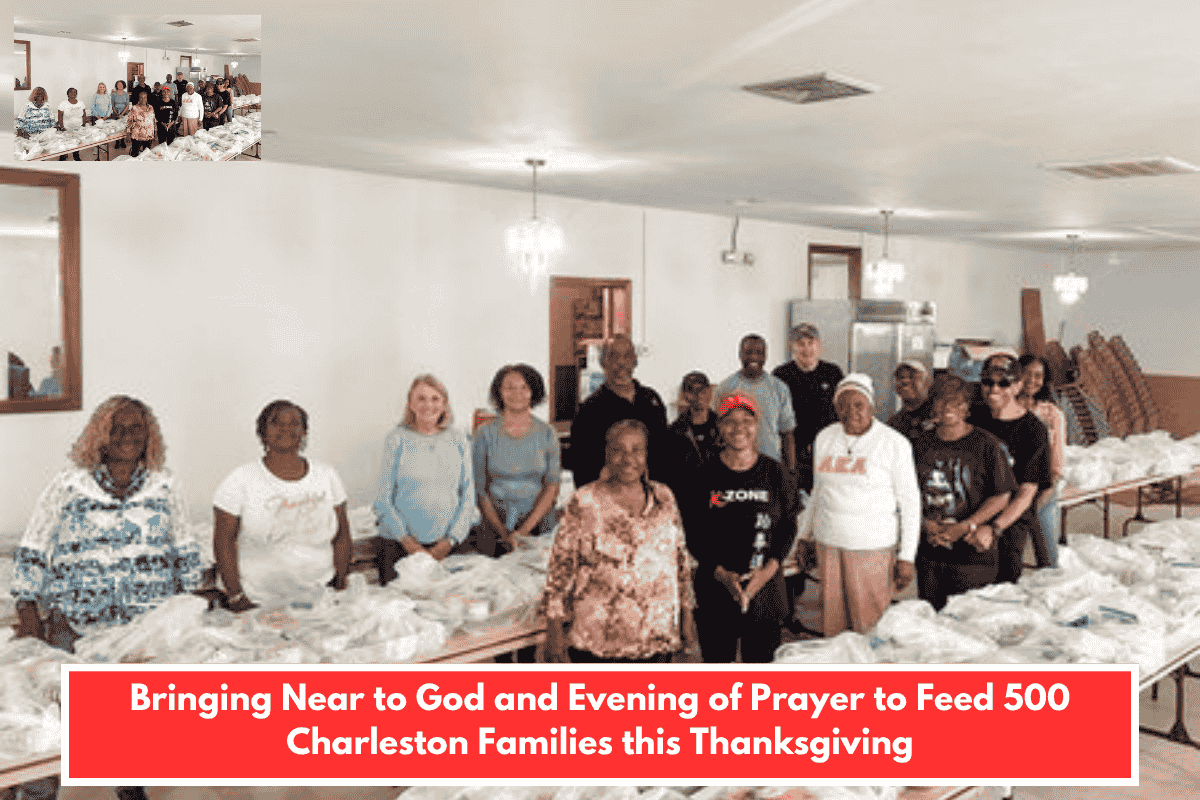Lowcountry, South Carolina – Local groups and community leaders are raising alarm about plastic pellet pollution in Charleston, a problem they say is worsening due to increasing plastic production and weak regulations.
What Are Plastic Pellets and Why Are They a Problem?
Plastic pellets are small pieces of plastic that serve as the raw material for manufacturing many plastic products. However, due to spills and leaks during transport and handling, these pellets often escape into the environment.
According to Katie Abare, Policy Coordinator for the Charleston Chapter of the Surf Fighter Foundation, and Kelly Leviker, Beyond Plastics Advocate at the Public Interest Research Group (PIRG), the plastic pellet problem is expected to get worse because:
- Plastic production worldwide is increasing rapidly and is expected to nearly triple by 2060.
- There are no strong regulations in South Carolina or the US to control pellet pollution.
- Pellets are lightweight, durable, and very difficult to clean up once in nature.
Charleston: A Hotspot for Plastic Pellets
Charleston is a major hub for plastic pellet shipping. It is the second largest port in the US for plastic pellet export and the largest on the East Coast. Pellets arrive mostly by rail and are bagged at local facilities for shipment around the country.
Community Efforts to Count and Clean Pellets
Organizations such as Charleston Surfrider, Coastal Conservation League, PIRG, and Charleston Waterkeeper have conducted pellet counts to measure pollution levels.
- On May 3, 2025, volunteers collected 3,026 pellets between Riverfront Park and Waterfront Park in Charleston.
- In May 2024, they collected 1,133 pellets in Waterfront Park.
- In January 2025, 5,707 pellets were collected in Waterfront Park.
The variation in numbers reflects different volunteer participation, not a real decrease in pollution.
Why Plastic Pellets Are Dangerous
Pellets resemble natural prey like snail eggs or horseshoe crab eggs and are often mistakenly eaten by wildlife. This can cause plastic and harmful chemicals to enter the food chain and eventually impact human health.
Kelly Leviker explained,
“Plastic pellets absorb environmental chemicals. When eaten by fish, these chemicals can move up the food chain and reach humans.”
Global Awareness and Action
Recently, the first international plastic pellet count involved volunteers from all 50 US states and 27 countries, collecting 50,000 pellets globally. This annual event aims to raise awareness and encourage action.
What’s Next?
Katie Abare and Kelly Leviker plan to continue organizing clean-ups and raising public awareness to combat this growing threat.
Plastic pellet pollution is a serious and growing problem in Charleston and around the world. Without stronger regulations and community action, these tiny plastics will continue to harm the environment and public health. Local organizations and volunteers are working hard to measure, clean, and educate—but much more needs to be done.

